8 High-Protein Meals That Build Muscle While Burning Fat According to Expert
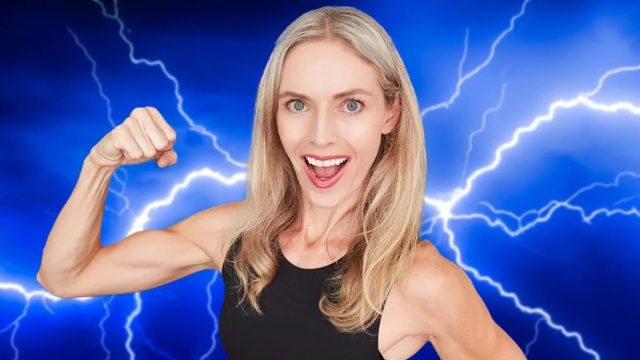
Trying to lose fat and build muscle simultaneously might seem impossible, but nutrition expert Ivana Chapman disagrees. "In the over 20 years I've been coaching other people, I've found that most of them are able to build muscle and lose fat together," she explains. As a former International Karate athlete and Canadian National Natural Bikini Competitor, Ivana has mastered the science of body recomposition—and these eight protein-packed meals form the foundation of her approach that's helped thousands transform their physiques.
The Science Behind Simultaneous Fat Loss and Muscle Gain
Before diving into the meal ideas, it's important to understand why this approach works for most people. "For very experienced trainees who've been consistent and precise with both their diet and their weight training for long periods of time, they might need to do either a bulk or a cut to achieve their goals," Ivana says in her video. "But that's not most people. I've been training for decades, and even I haven't been consistent with both of those things all the time."
This approach works particularly well if you're:
- New to proper strength training
- Returning after a training break
- Within about 20 pounds of your target weight
- Inconsistent with your previous nutrition or training
Creating the Perfect Environment for Transformation
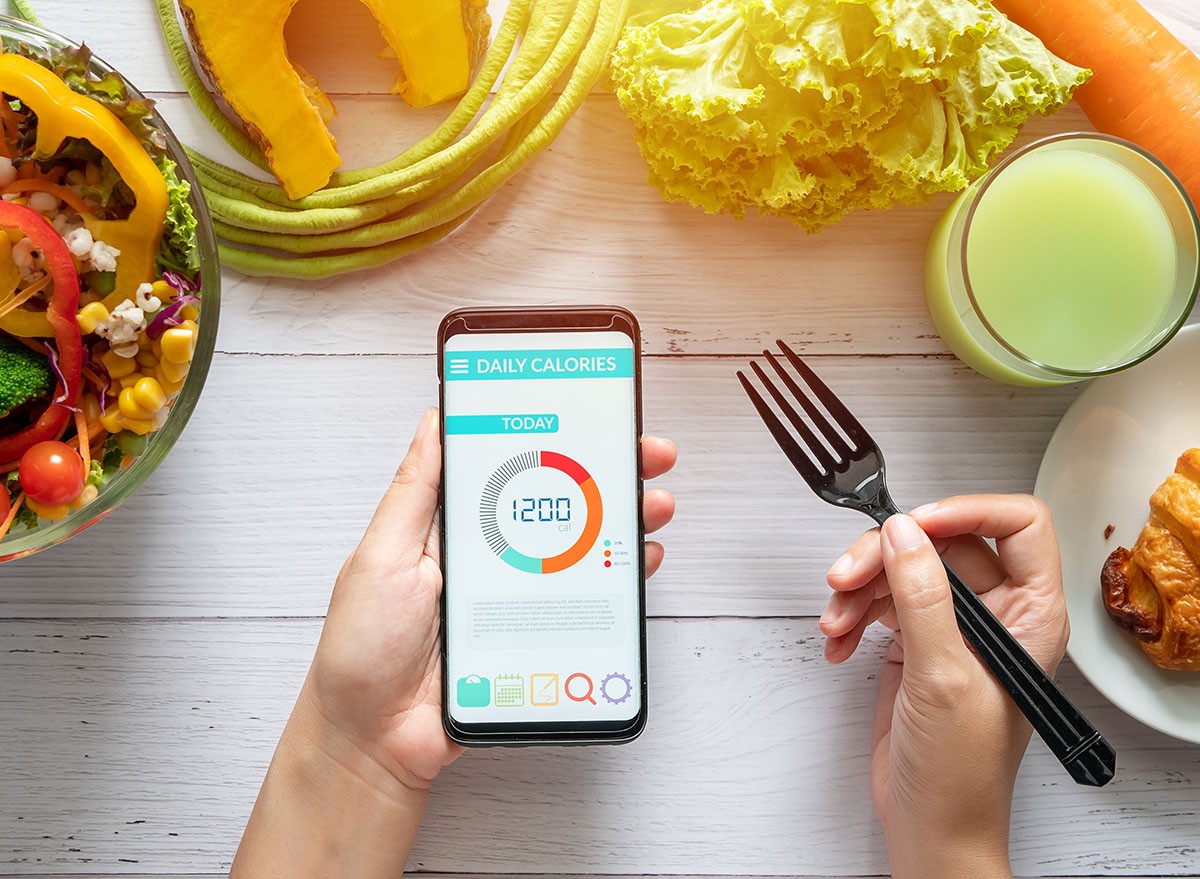
While these protein-rich meals form the foundation of your recomposition plan, understanding the overall nutrition strategy is crucial. "To achieve body recomposition, most people will do well with a slight calorie deficit of about 200 to 300 calories per day," Ivana explains. "That's for people who are already physically active and within about 20 pounds of their target weight."
If you're just beginning your fitness journey and carrying more excess weight, you might see improvements simply by adding exercise while incorporating these high-protein meals. But for most, maintaining a small calorie deficit while prioritizing protein creates the perfect environment to lose fat while supporting muscle growth.
Protein: The Foundation of Your Recomposition Diet
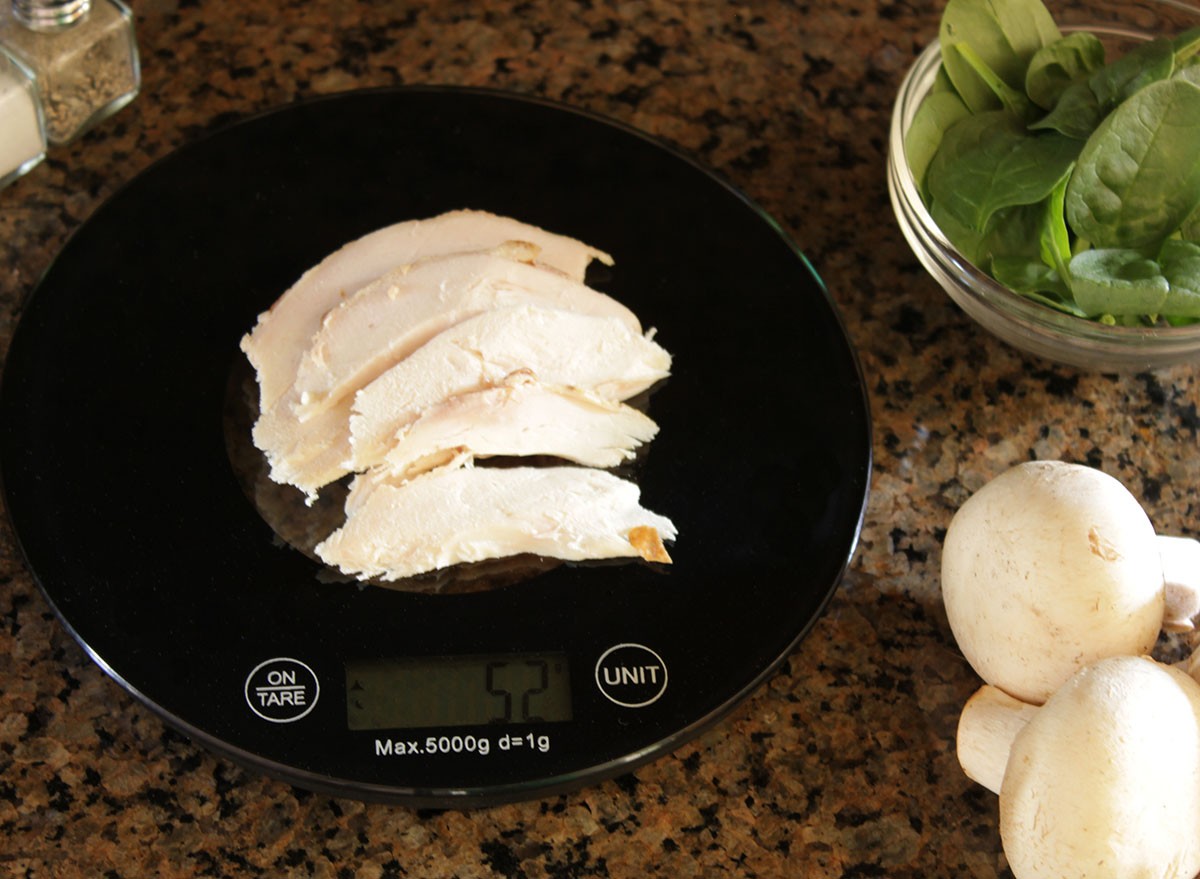
The single most important nutritional factor for successful body recomposition is protein intake. "You need the right amount of protein for muscle growth and retention," Ivana emphasizes. "I recommend a minimum of 0.7 grams per pound of body weight per day. That's 1.6 grams per kilo per day."
This protein requirement increases if:
- You're over 35 (as muscle protein synthesis becomes less efficient)
- You're already quite lean (as muscle retention becomes more challenging)
- You're in a significant calorie deficit for extended periods
"Muscle protein metabolism slows down by about 4% to 5% per decade and it gets harder to retain lean muscle mass," Ivana notes. However, she doesn't recommend exceeding 1 gram per pound of body weight daily, even in these circumstances.
Protein Timing for Maximum Muscle Growth
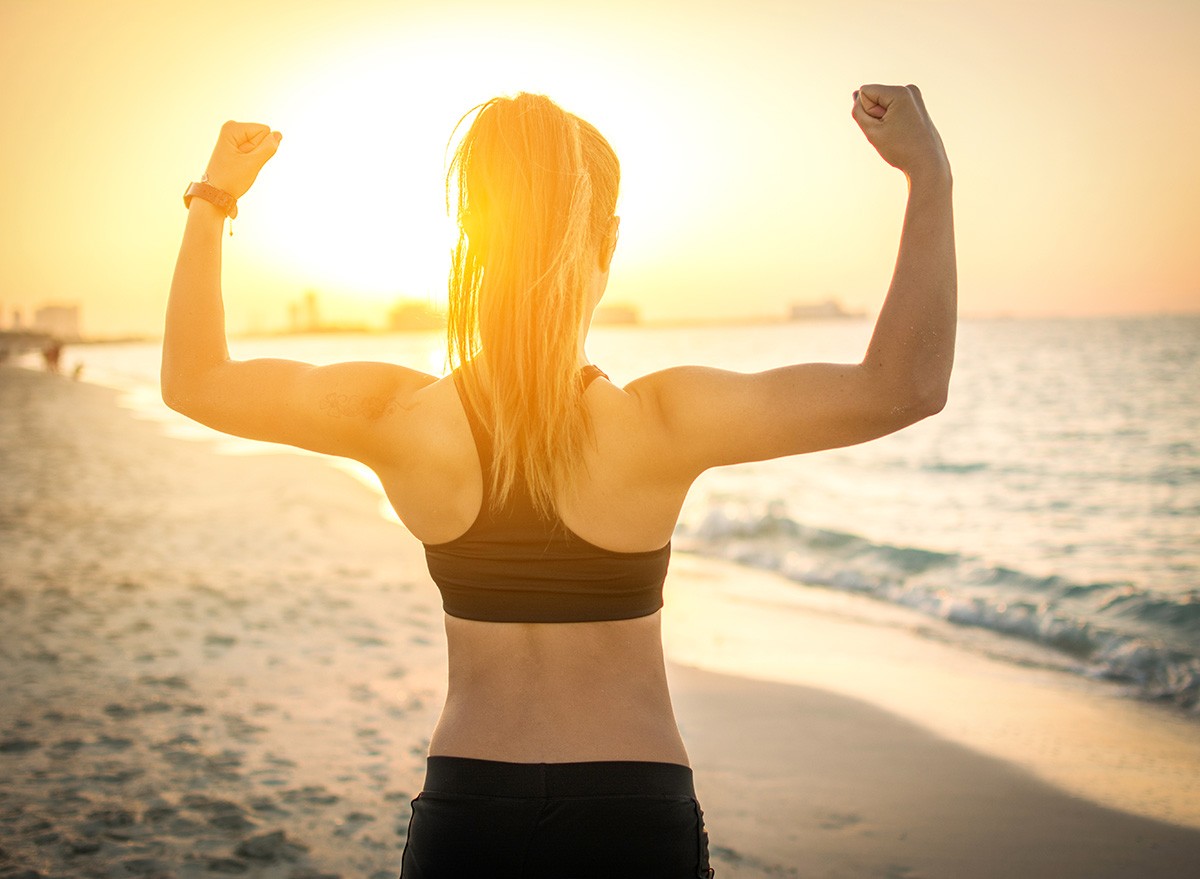
While total daily protein matters most, how you distribute it also impacts results. "For building muscle, it does seem to be better to spread your protein intake out over the course of the day," Ivana shares. "Muscle growth seems to be maximized by an intake of about 0.4 grams per kilo per meal across a minimum of four meals."
For someone weighing 176 pounds (80 kilos), this translates to roughly 32 grams of protein per meal, spread across at least four meals daily. This approach ensures your muscles have a consistent supply of amino acids for optimal growth and recovery.
Balancing Fats and Carbs
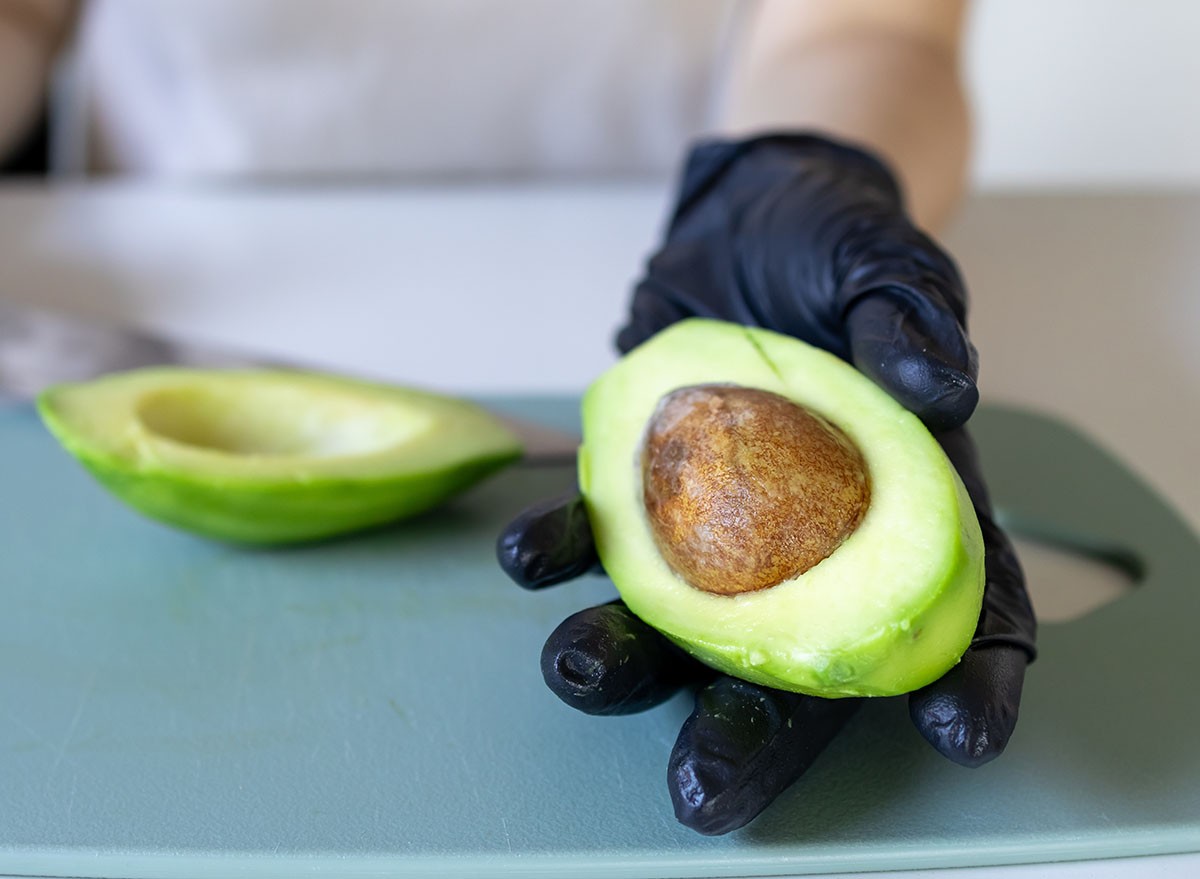
Once protein is set, the remaining calories can come from a flexible mix of fats and carbohydrates based on your personal preferences. "Your protein is fixed and consistent. Your fat and carbs are flexible depending on your preferences," Ivana advises.
However, don't go too low on fats. "Fat is important for your hormones, so you want to make sure that you're getting enough. If you're tracking, then a minimum of about 25% of your calories from fat is reasonable," she recommends. Quality fat sources include:
- Fatty fish (salmon, mackerel)
- Olive oil
- Avocados
- Nuts and seeds
As for carbohydrates, they provide crucial energy for performance. "Carbs in general give you energy for your daily life and for better workouts, and you'll need those workouts for better muscle retention and building," Ivana explains. Focus on nutrient-dense sources like:
- Potatoes and sweet potatoes
- Whole grains
- Fruits and vegetables
Fiber: The Unsung Hero of Body Recomposition
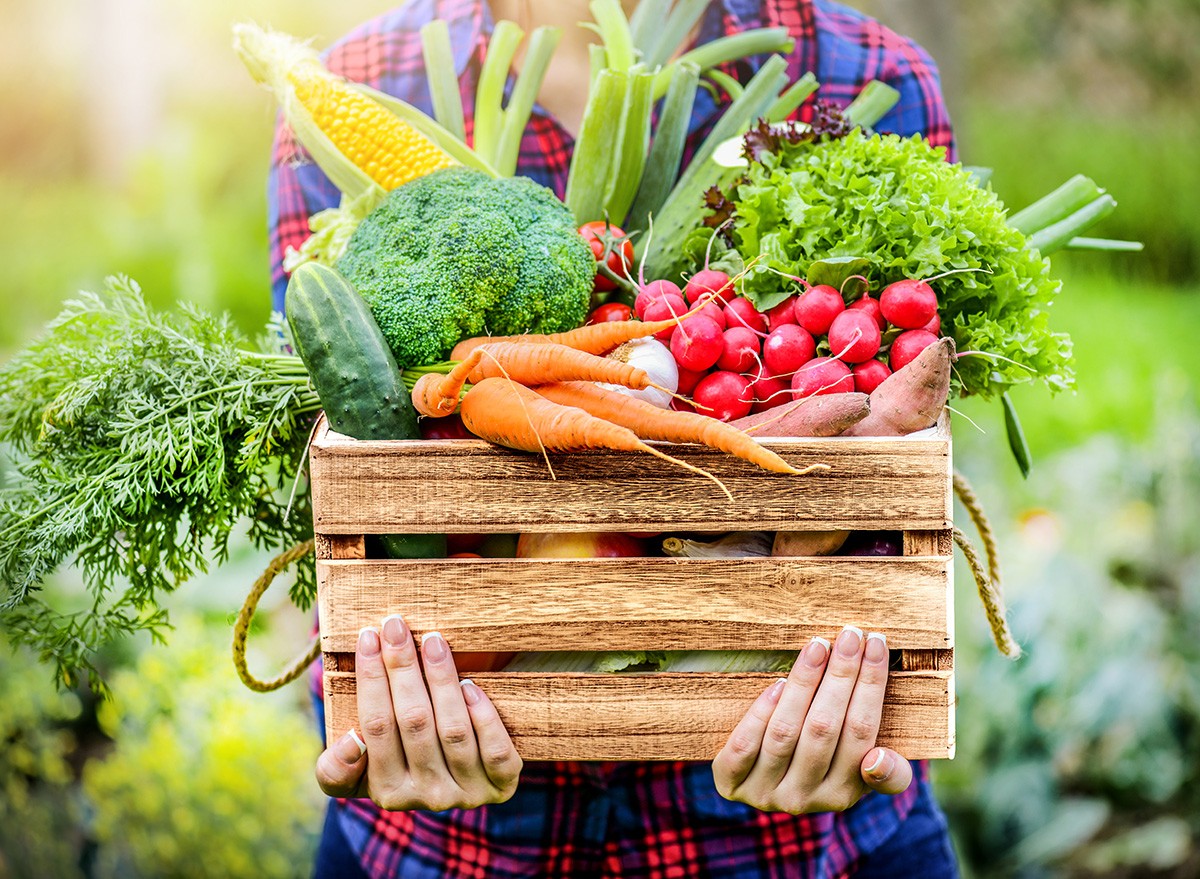
Don't overlook the importance of fiber in your diet. "Most foods that contain fiber are also low in calorie density, meaning that you can consume a lot of them for fewer calories," Ivana points out. "Fruits and vegetables are a winner here."
Aim for at least five servings of fruits and vegetables daily—more if you're trying to increase fullness while decreasing calories. Just be mindful of added oils and sauces, which can significantly increase the calorie content.
8 High-Protein Meals for Body Transformation
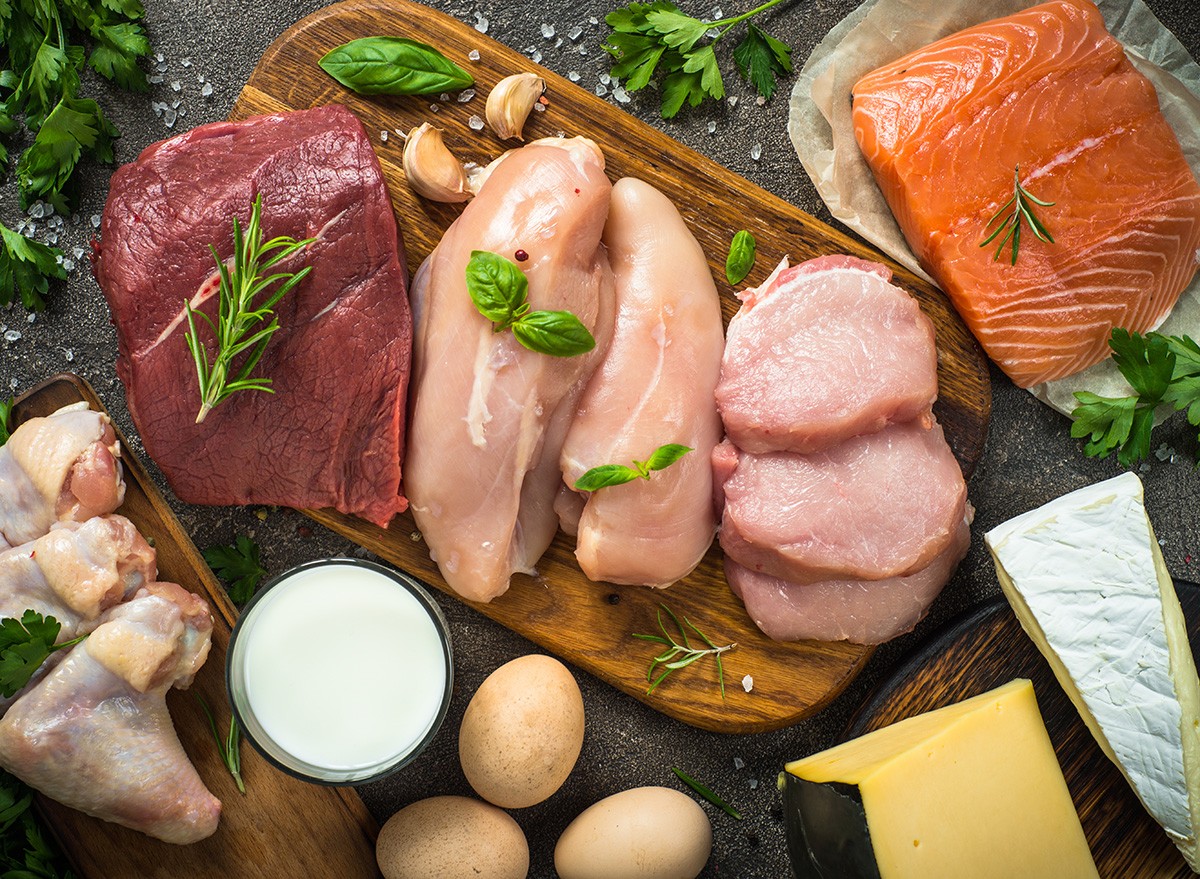
Here are the eight meal ideas Ivana recommends for anyone looking to simultaneously build muscle and lose fat:
Grilled Chicken Salad
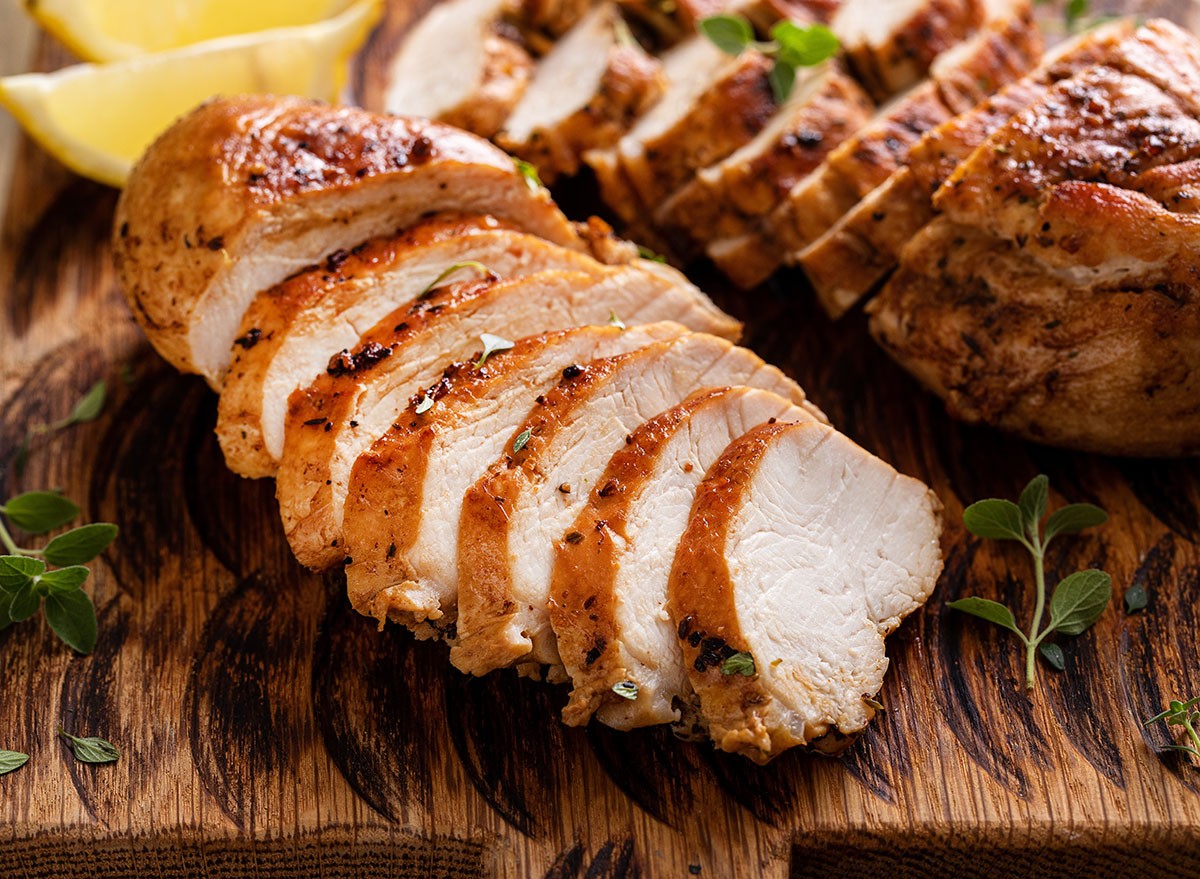
"It's not very original, but it does have a lean source of protein," Ivana admits. Mix in vegetables you enjoy, add avocado for healthy fats, and dress with a little olive oil.
Turkey Stuffed Bell Peppers
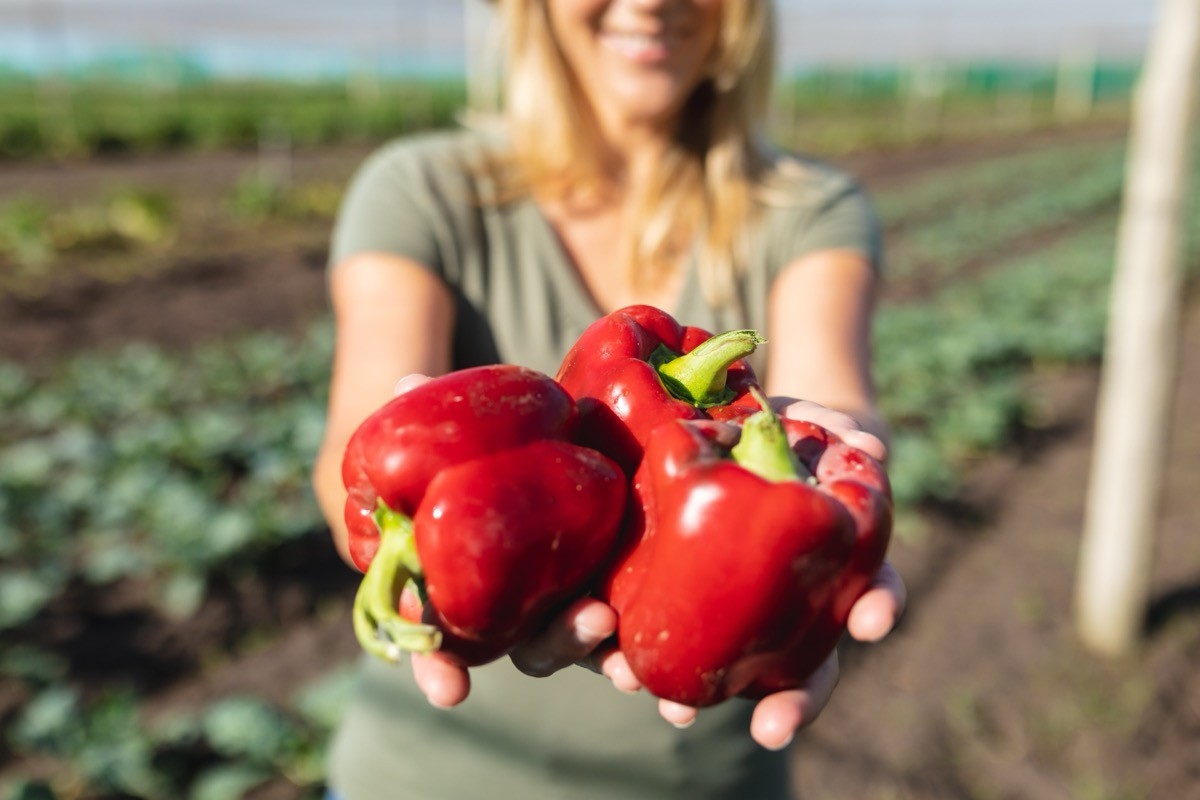
"This is a really interesting way of putting together a ground meat source," says Ivana. About five ounces of ground turkey provides over 30 grams of protein, and you can add any vegetables you prefer.
Salmon with Roasted Vegetables
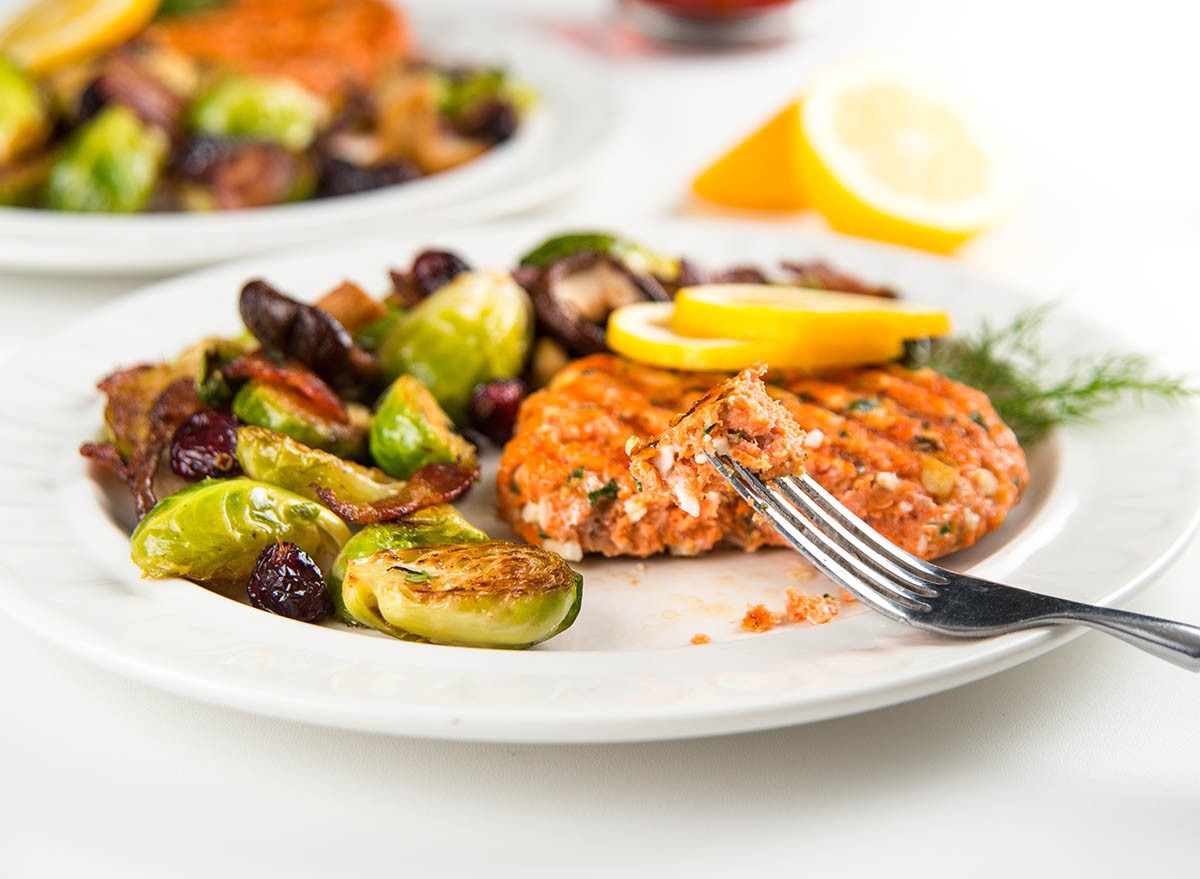
"Salmon is a great way to incorporate healthy omega-3 fats into your meal plan," Ivana recommends. Pair with roasted sweet potatoes, broccoli, zucchini, or any vegetables you enjoy.
Beef Stir-Fry
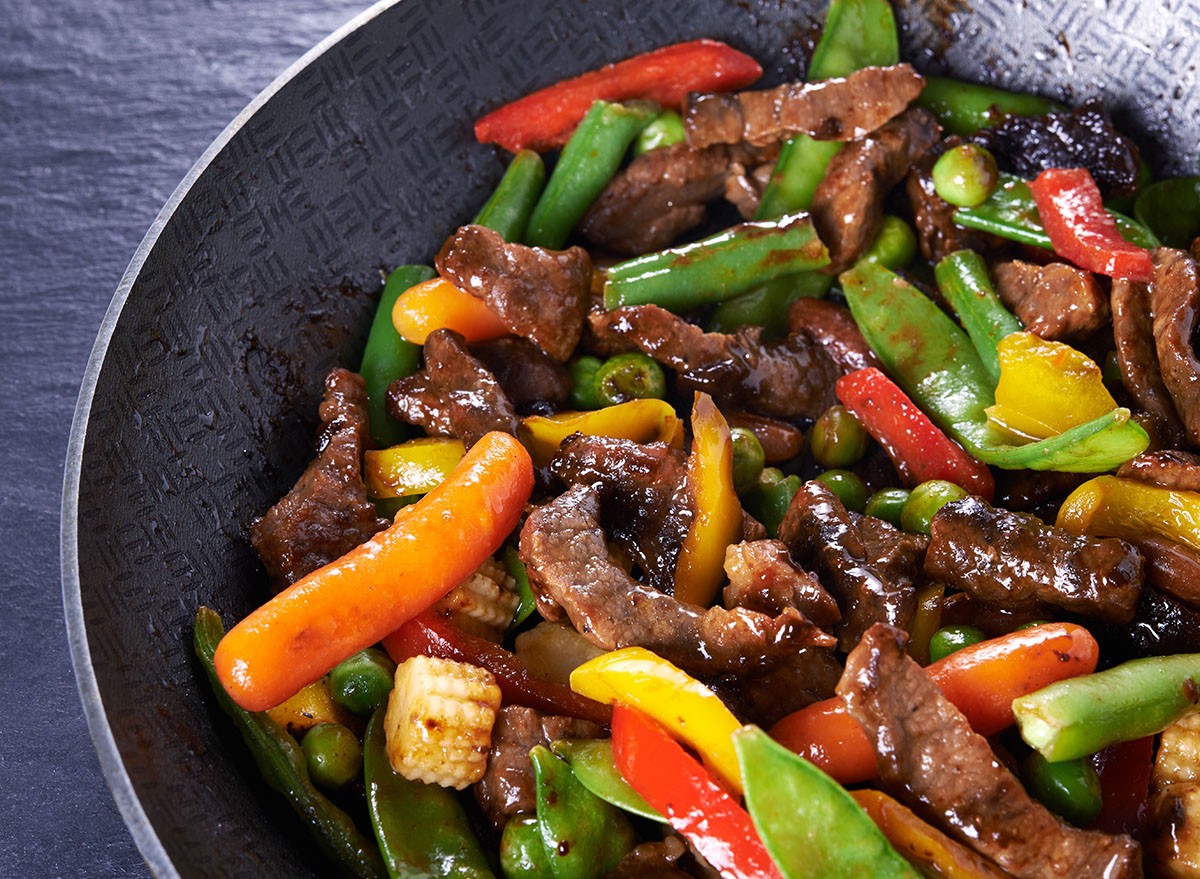
"A stir-fry is always a good option if you keep it pretty light with the oil," Ivana suggests. Use extra lean beef strips with plenty of colorful vegetables for a quick, protein-rich meal.
Greek Yogurt Parfait
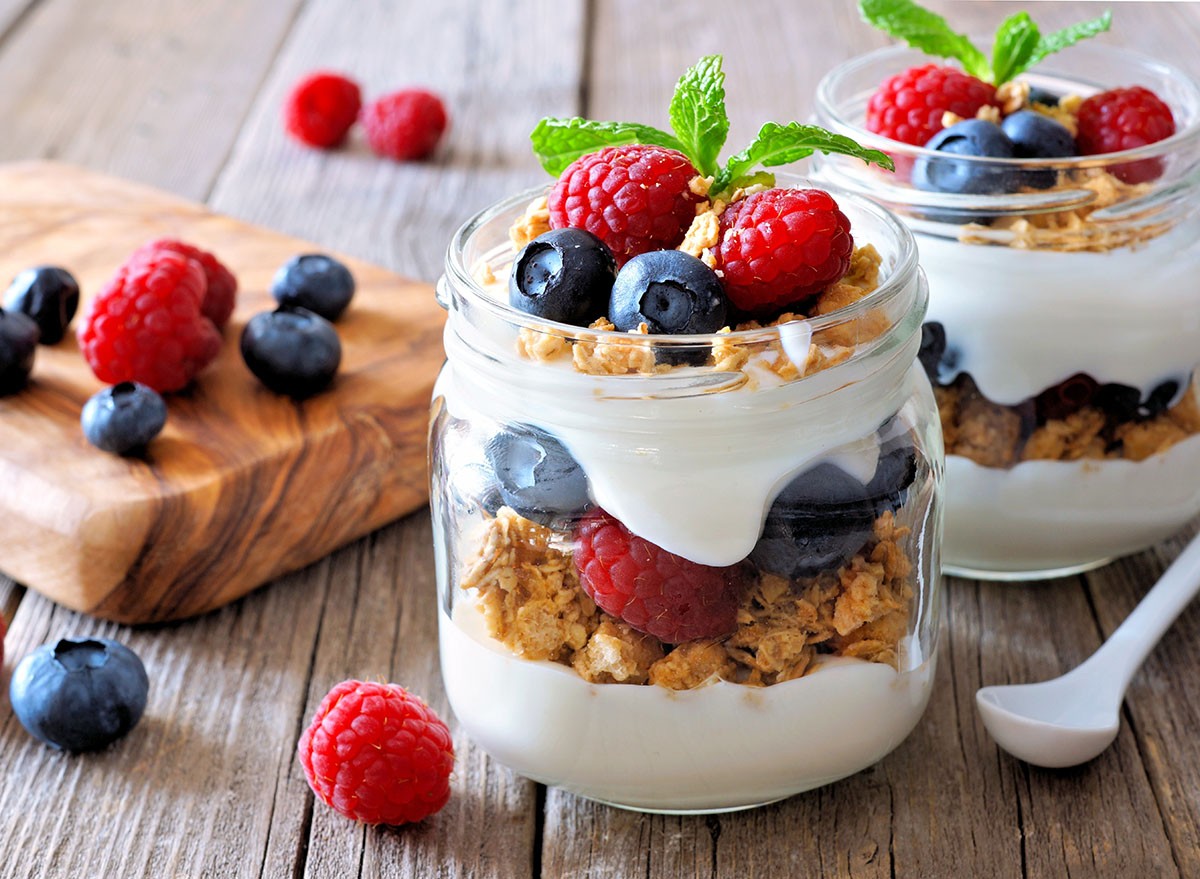
"Greek yogurt is used because it's higher in protein than regular plain yogurt," Ivana explains. Choose plain yogurt to minimize added sugars, then add berries, chia seeds, and a small amount of granola.
Tofu Scramble
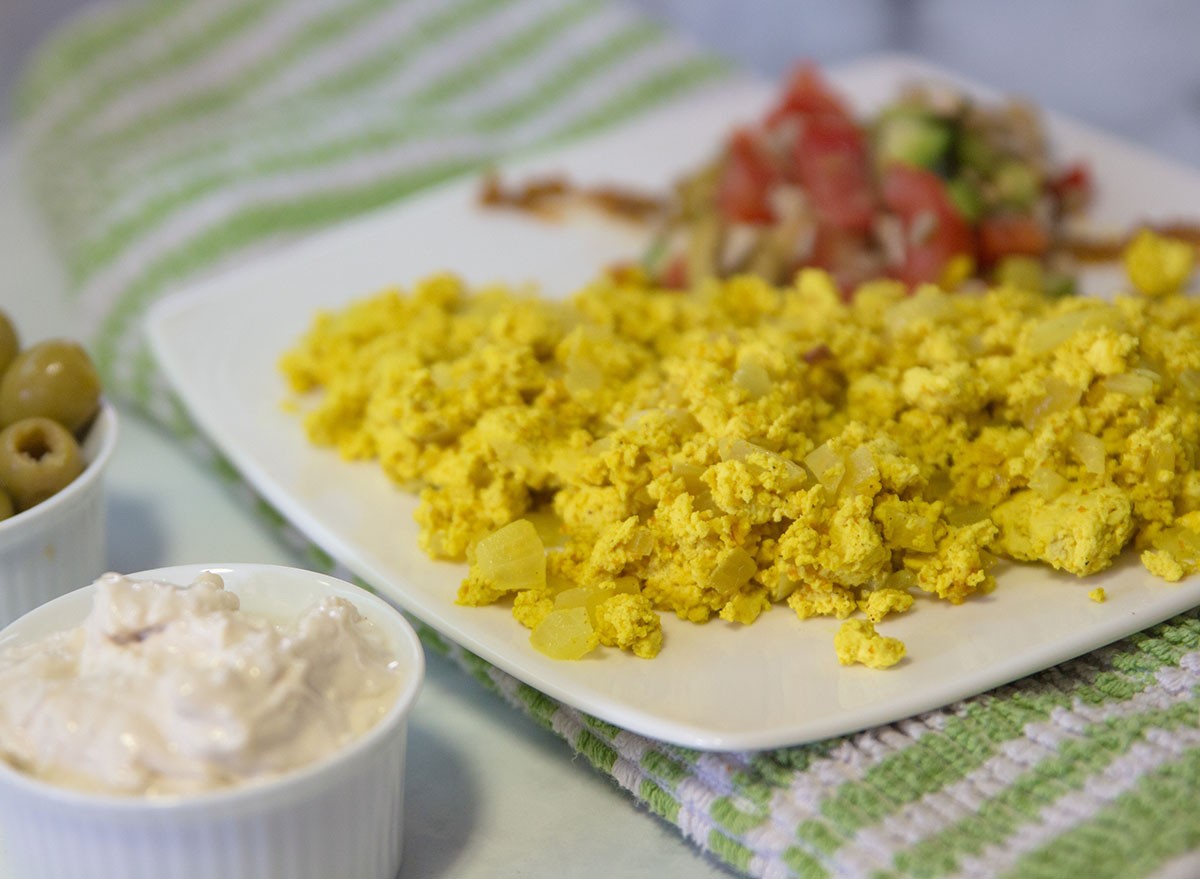
For a plant-based option, "you can use firm tofu and mix that up with spinach, mushrooms, onions, or peppers," Ivana recommends.
Turkey Meatballs with Pasta

"I tend to use very lean turkey ground meat," says Ivana. Serve with measured portions of whole grain pasta or zucchini noodles if preferred.
Protein-Packed Omelet
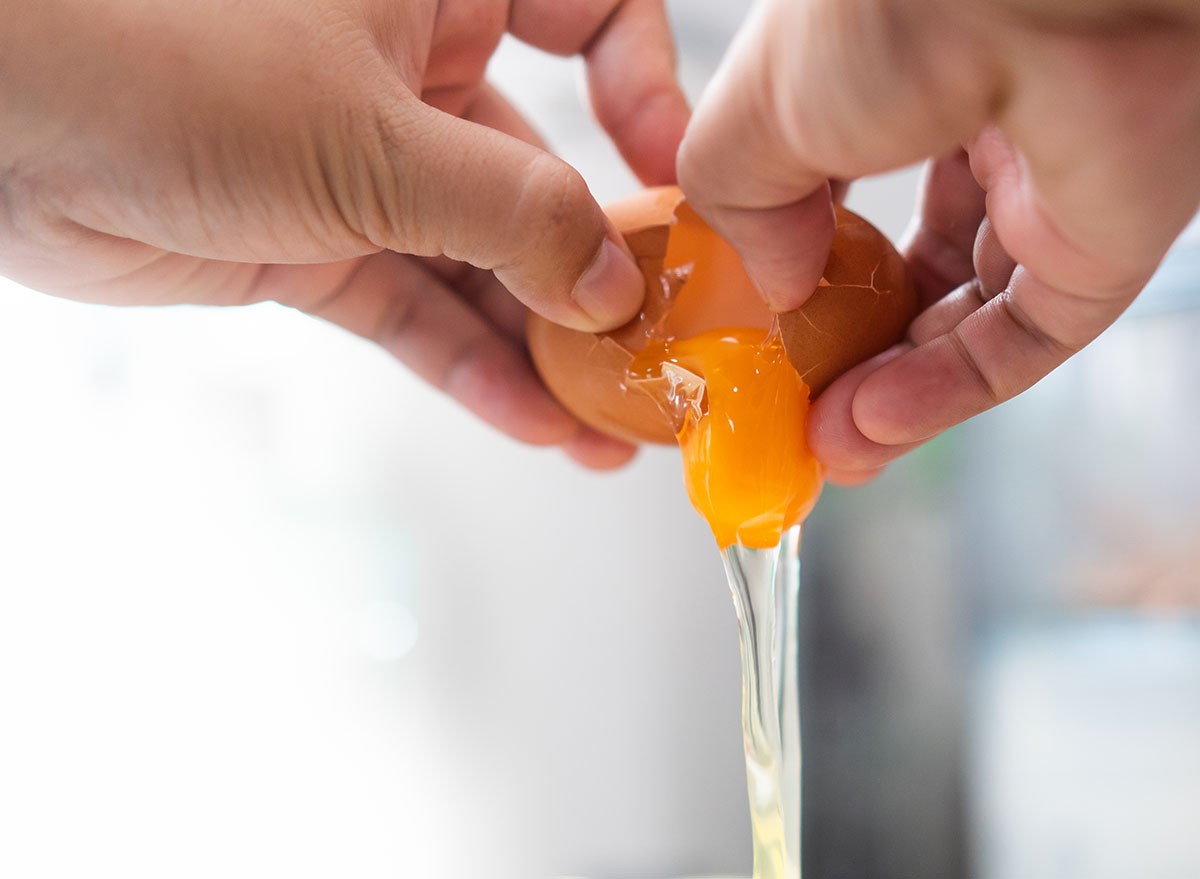
"Eggs themselves only have about six grams of protein per egg," Ivana notes. She suggests using two whole eggs plus additional egg whites to boost protein content while retaining nutrients from the yolks.
The Expert's Own Approach to Simple Meals
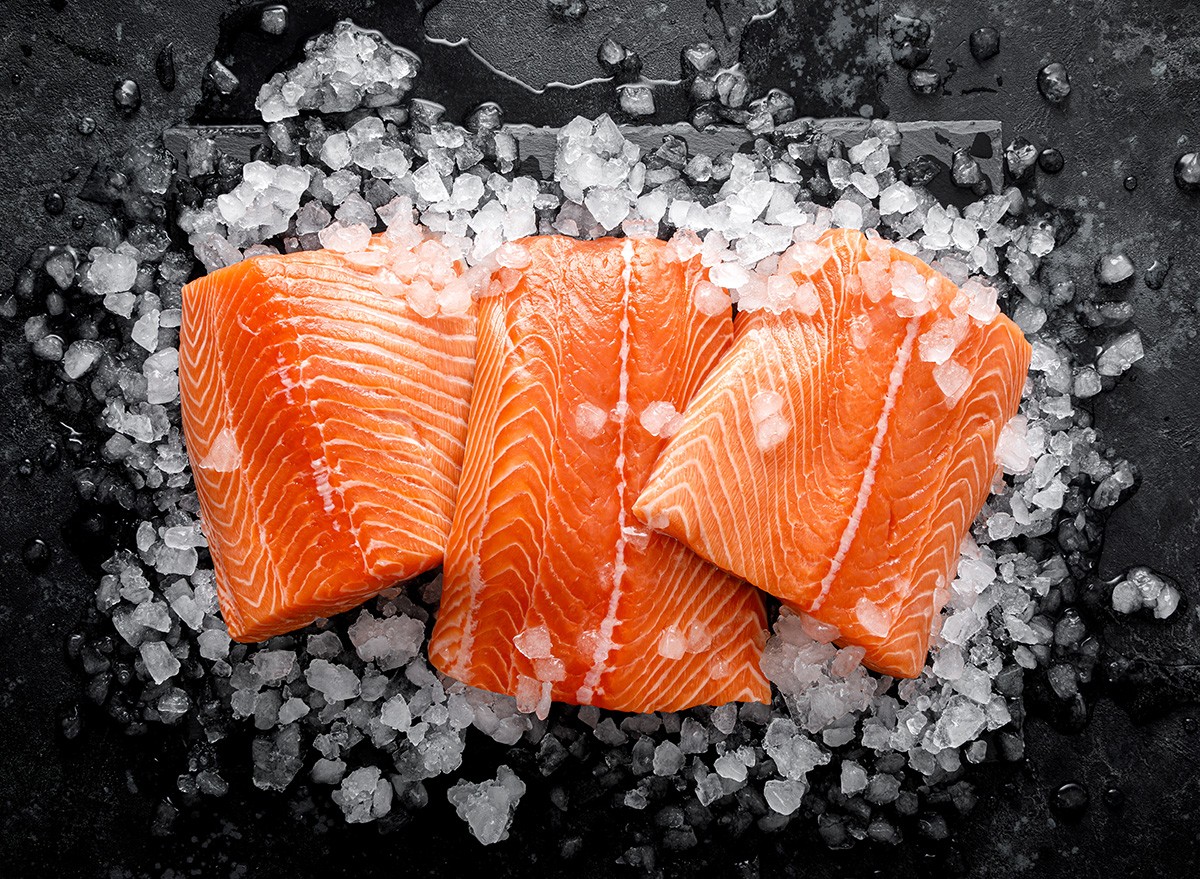
"I'm not much of a cook," Ivana admits. "When I do make something, it's generally just a simple combination of foods that provide everything that I need—protein, fat, carbs, veggies, or fruit."
While not a formal ninth meal option, Ivana shares her personal approach to quick, balanced nutrition. Her typical lunch includes:
- A protein source (fish, Greek yogurt, or cottage cheese)
- A starch (bread, potatoes, or sweet potatoes)
- Vegetables or fruit
- A healthy fat source
"A really common lunch for me is just potatoes with olive oil and cottage cheese," she shares. "I personally just keep things really simple and it works for me."
Making These Meals Work for You
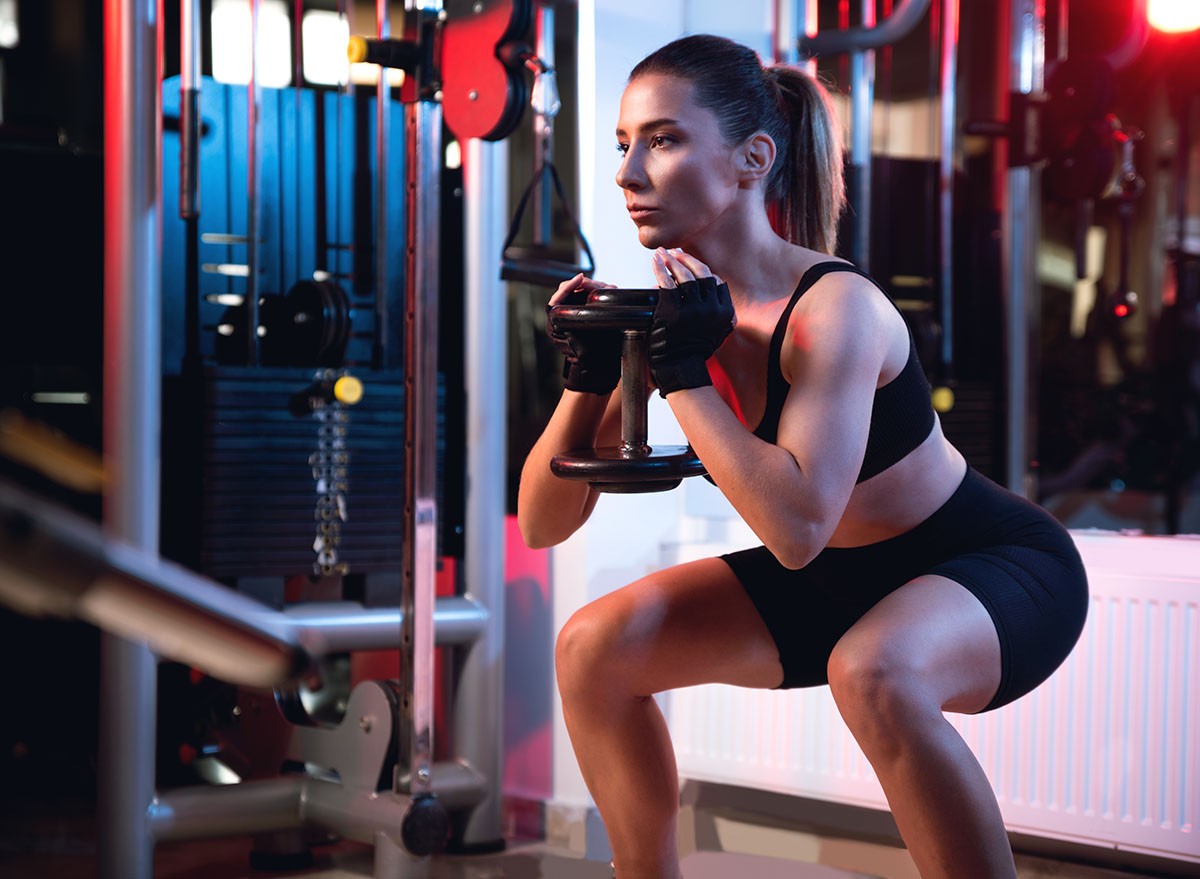
While these eight high-protein meals provide the nutritional foundation for body transformation, remember that exercise is equally important. "To get body recomposition, you need to be working on building muscle as well," Ivana emphasizes. Progressive resistance training is essential for stimulating muscle growth while these protein-rich meals support both recovery and fat loss.
The beauty of these meal options is their flexibility—you can adjust portions based on your specific protein needs and preferences while maintaining the core principles. With consistency in both your diet and training, you'll be well on your way to achieving the lean, muscular physique you desire—no extreme bulking or cutting required.




